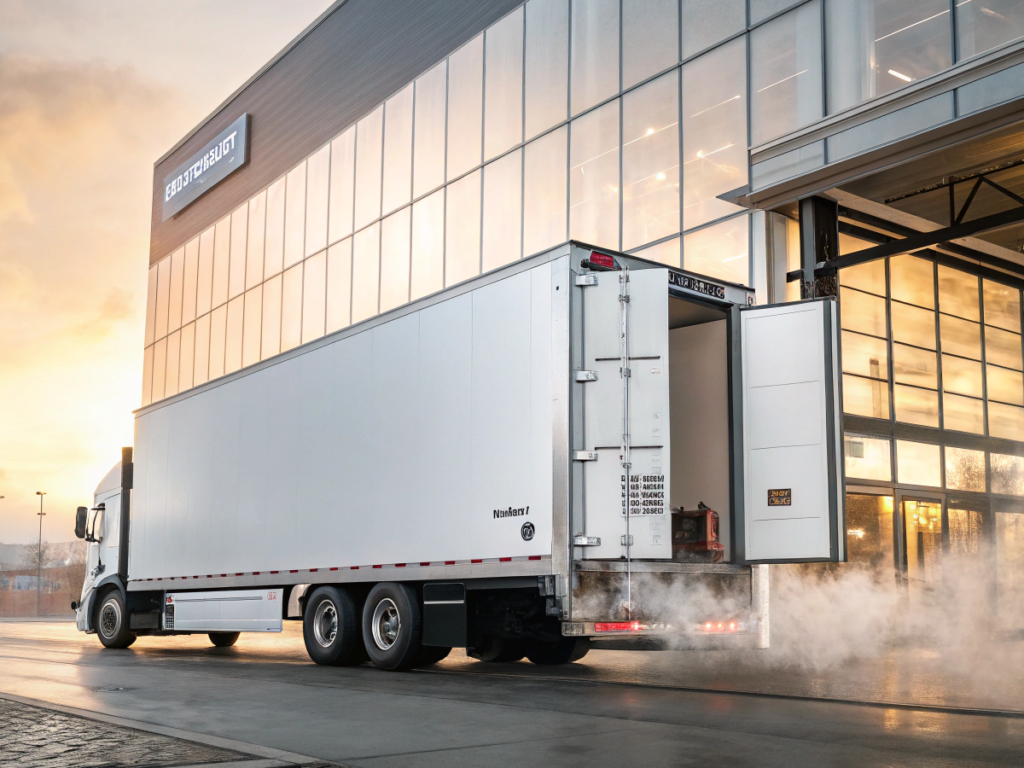
A leaking fuel solenoid can stall engines, delay deliveries, and trigger costly repairs. It’s tempting to blame the coil, but is that always the real issue?
No, a leaking fuel solenoid valve is not always caused by the coil. More often, the issue lies in mechanical wear, seal failure, or contamination.
I used to assume every leak was a coil problem—until I wasted hours replacing parts that were perfectly fine. Here's what I learned the hard way.
[Table of contents]
What other parts can cause a fuel solenoid valve to leak?
Bad O-rings, worn plungers, or poor sealing surfaces are common culprits.
The most common leak points are the sealing O-rings and valve body, not the coil. Damage or wear here leads to fuel escaping under pressure.

Breaking down the valve
| Component | Possible Leak Cause | Repair Solution |
|---|---|---|
| O-rings | Aged rubber, heat damage | Replace with high-temp type |
| Valve body | Surface wear, corrosion | Replace or re-machine |
| Plunger shaft | Scoring or sticking | Clean or replace |
| Internal spring | Weak tension leads to poor sealing | Replace spring |
When a leak appears near the valve, I always start with a close look at the housing. If there’s grime or fuel residue around the inlet or outlet, chances are the seal has failed—not the coil.
Can a faulty coil still lead to leakage?
Yes, but only indirectly.
A weak coil may not pull the plunger fully, which can prevent the valve from closing completely—causing a functional leak.
But that’s not the same as a mechanical seal leak. In this case, the fuel doesn’t escape through the valve body—it simply isn’t stopped in time. You’ll often notice inconsistent idling or difficulty shutting off the engine.
Diagnosing indirect coil-related leaks
Here’s what I usually do to check this:
- Power test the coil with 12V/24V to hear the click.
- Check resistance with a multimeter (normal range: 6–18 ohms).
- Inspect movement of the plunger when energized.
- Listen for delayed shut-off sounds.
A good coil + bad seal = physical fuel leak.
A bad coil + good seal = functional fuel leak.
Both bad? Time to replace the whole valve.
How can I prevent fuel solenoid valve leaks in my fleet?
Routine inspection and correct fuel filtration are key.
Leaking solenoid valves are often preventable through regular maintenance, fuel cleanliness, and timely seal replacement.
My routine maintenance checklist
- ✅ Replace O-rings every 6-12 months, depending on runtime.
- ✅ Inspect valve for corrosion during each oil change.
- ✅ Use 10-micron inline fuel filters to block fine debris.
- ✅ Train mechanics to test solenoids during engine service.
I used to think seal failures were random, but I noticed a pattern: dirty fuel kills valves fast. Now we filter aggressively—and leaks are way down.
Conclusion
Leaks usually come from seals—not the coil.






